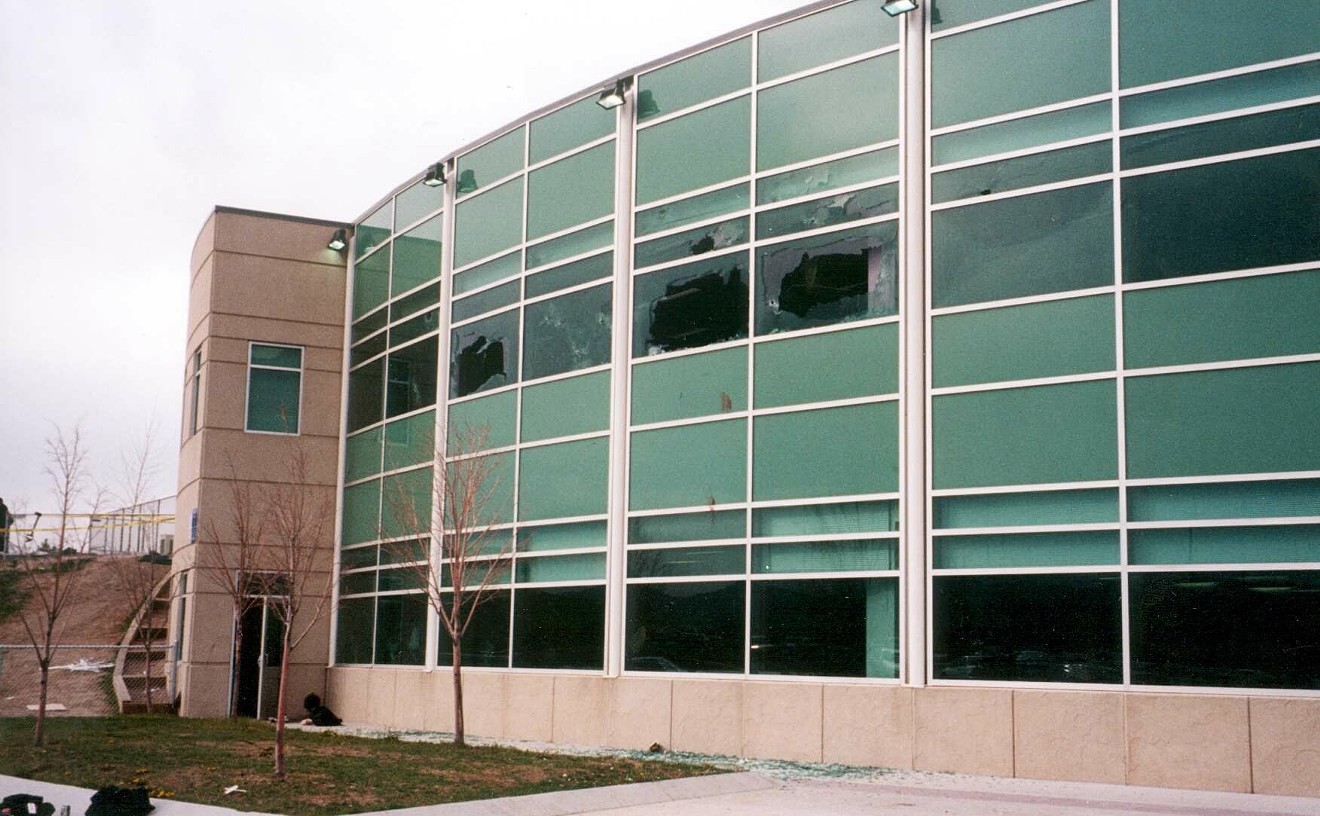A new report by two of Colorado's premier investigative reporters indicates that former Boulder district attorney Mary Lacy misrepresented DNA evidence in the JonBenét Ramsey investigation in order to clear her parents and her brother of any suspicion in the six-year-old's 1996 murder. That revelation is unsettling enough, but it also fits into a pattern of officials misleading the public over the entire troubled history of the still-unsolved case.
According to the report, a joint effort by Charlie Brennan of the Boulder Daily Camera and Kevin Vaughan of 9NEWS, minute traces of DNA found on JonBenét's panties and her long johns that Lacy described as belonging to her killer actually contain genetic markers from two people and may have no connection to her death at all.
In 2008, Lacy cited new developments in "touch DNA" as her justification for issuing a highly unusual (and much-criticized) apology to John Ramsey. She maintained that there was no "innocent explanation" for the presence of the unknown male DNA in three locations on the panties and long johns, and therefore the killer was someone outside the family who had not yet been identified. For years after the announcement, most of the media stories about the Ramsey case routinely included a line about how the parents and JonBenét's brother, Burke, had been "cleared by DNA."
But as we've pointed out on several occasions, many experts in DNA typing believe that Lacy was overreaching in basing her exoneration on such minute traces of genetic material. They suggested numerous plausible, "innocent" explanations, including the possibility of contamination; they also noted that additional samples of trace DNA found under the victim's fingernails and on the cord and garrotte used in the crime didn't match the long johns DNA or each other. The presence of so many different DNA samples, many of them too tiny or degraded to put into a database or even determine if they came from blood or skin tissues, suggests that JonBenét was killed by a sizable "foreign faction" of sadists — or that police were looking for a suspect who didn't exist.
"The DNA in your tests could be there because of a contact that was weeks, months, even years before the crime occurred," biochemist Dan Krane told Westword in 2014. "Someone has optimistically concluded that they can have confidence in these results, and that just seems misguided."
The Camera/9NEWS report states that Lacy was informed by the lab about the presence of a second person's DNA in the "unknown male" sample before she issued her exoneration of the Ramseys — but she chose not to make that bothersome little detail public. And that's not surprising, given Lacy's longstanding opinion that an intruder was responsible for JonBenét's death — a belief that led her office to arrest bogus confessor John Mark Karr in 2006 for the crime amid global publicity, only to have to release him weeks later.
Lacy's proclamation that DNA proved the Ramseys' innocence was hardly the first official statement about the case that turned out to be something less than the truth. Her predecessor, Alex Hunter, announced in 1999 that a grand jury had failed to uncover sufficient evidence to warrant filing charges in the case; what he neglected to say was that the grand jury had voted to indict John and Patsy Ramsey on a charge of felony child abuse resulting in death, but Hunter had refused to sign off on the paperwork. The quashed indictment wasn't revealed until Brennan brought it to light fourteen years later.
Current DA Stan Garnett also knew about the grand jury's vote. But he steered clear of the matter until Brennan went to court to get the "true bill" documents released. Judge Robert Lowenbach ruled that Brennan and the public are entitled to view only four pages of the eighteen pages submitted by the DA's office for the judge's inspection, consisting of the general language regarding the charges being sought (and no specifics about the actions prompting those charges).
The lack of transparency — and, at times, deliberate misrepresentation of the facts by elected officials — in the Ramsey case has left a stink over Boulder that simply won't go away. Garnett could possibly make an effort to repair the reputation of his office by seeking the release of the rest of the eighteen pages he turned over to the court — something he claims he can't do on his own because of Lowenbach's order. There may not be any earthshaking revelations there, but when it comes to this dismal, failed investigation, how can we know what else has been hidden away under a veil of official secrecy?
[
{
"name": "Air - MediumRectangle - Inline Content - Mobile Display Size",
"component": "12017618",
"insertPoint": "2",
"requiredCountToDisplay": "2"
},{
"name": "Editor Picks",
"component": "17242653",
"insertPoint": "4",
"requiredCountToDisplay": "1"
},{
"name": "Inline Links",
"component": "18838239",
"insertPoint": "8th",
"startingPoint": 8,
"requiredCountToDisplay": "7",
"maxInsertions": 25
},{
"name": "Air - MediumRectangle - Combo - Inline Content",
"component": "17261320",
"insertPoint": "8th",
"startingPoint": 8,
"requiredCountToDisplay": "7",
"maxInsertions": 25
},{
"name": "Inline Links",
"component": "18838239",
"insertPoint": "8th",
"startingPoint": 12,
"requiredCountToDisplay": "11",
"maxInsertions": 25
},{
"name": "Air - Leaderboard Tower - Combo - Inline Content",
"component": "17261321",
"insertPoint": "8th",
"startingPoint": 12,
"requiredCountToDisplay": "11",
"maxInsertions": 25
}
]











